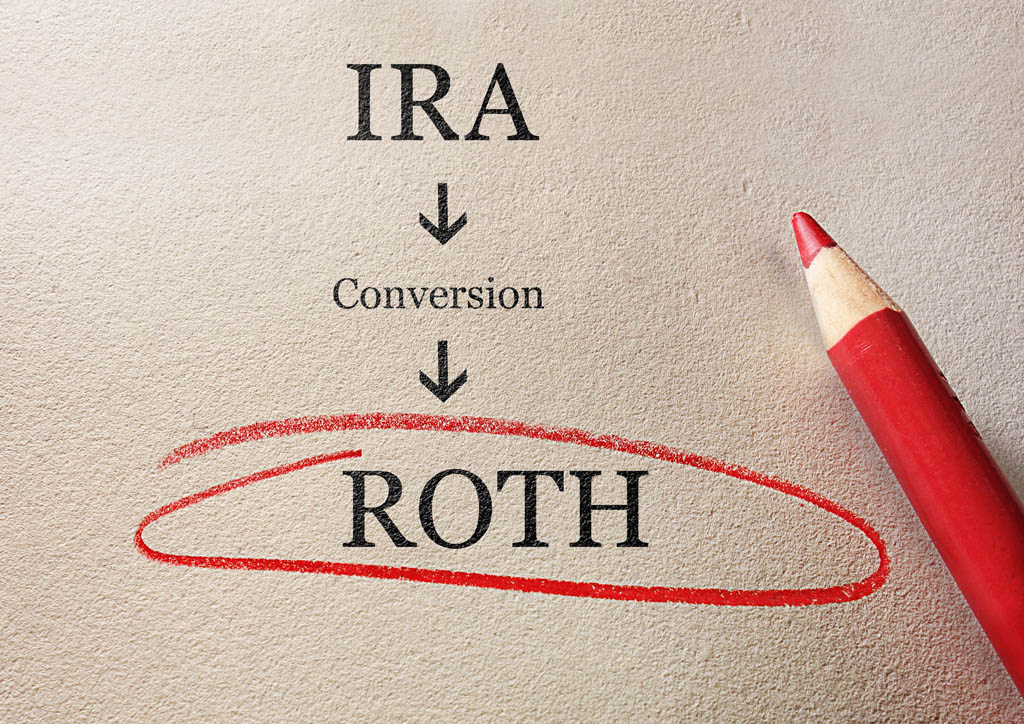“Backdoor” Roth IRAs
Retegy Team
June 17, 2020
If you make too much money to open a Roth IRA, you could create one this way.

You can sum up the appeal of a Roth IRA in three words: federal tax benefit. Potential earnings in a Roth IRA grow tax free as long as the owner abides by the Internal Revenue Service (I.R.S.) rules, and withdrawals are federally tax free once you reach age 59½ and have held the Roth IRA for at least five years.1
Unfortunately, some people make too much money to contribute to one. In 2020, joint filers with modified adjusted gross incomes (MAGI) of $206,000 or more and single filers with MAGI of $139,000 are not eligible for a ROTH IRA.
There is a way for high earners to bypass these limits, however: the “backdoor” Roth IRA strategy.2
High-income taxpayers may create Roth IRAs indirectly. This involves a little maneuvering, but may be of interest to certain investors.
The “backdoor” IRA strategy typically starts with the creation of a traditional IRA. The contributions to this new IRA are usually non-deductible, because of the IRA owner’s high modified adjusted gross income. This new traditional IRA is fully or partly funded, and with a financial professional’s help, it is quickly converted to a Roth IRA, and any tax liability is paid.3
Why does speed matter in this strategy? Well, the longer it takes to convert the traditional IRA into a Roth IRA, the greater the potential earnings of that traditional IRA. Since any traditional IRA earnings converted over to the Roth represent taxable income, those earnings should be minimal if the transfer is completed shortly after opening the account. (In the above example, the IRA contribution is made with after-tax dollars, so the initial contribution amount is not subject to federal taxes.)3
Keep in mind this article is for informational purposes only. It’s not a replacement for real-life advice, and a professional should be consulted before attempting this type of strategy. Also, tax rules are constantly changing, and there is no guarantee that the tax treatment of Roth and Traditional IRAs will remain the same.
Plusses and minuses. The big attraction is the potential for tax-free retirement income, not to mention tax-exempt growth for the account. In addition, while mandatory annual withdrawals are required from traditional IRAs starting at age 72, no mandatory annual withdrawals are required from Roth IRAs while the original owner lives. Under the 2019 SECURE Act, most non-spouse beneficiaries of a Roth IRA are required to have the funds distributed to them by the end of the 10th calendar year following the year of the original owner’s death.5
Any Roth IRA conversion is a taxable event, and these conversions cannot be undone. That given, think about the basic rules for traditional IRAs. Generally, distributions from traditional IRAs must begin once you reach age 72, and the money distributed to you is taxed as ordinary income. When such distributions are taken before age 59½, they may be subject to a 10% federal income tax penalty.4,5
This material was prepared by MarketingPro, Inc., and does not necessarily represent the views of the presenting party, nor their affiliates. This information has been derived from sources believed to be accurate. Please note - investing involves risk, and past performance is no guarantee of future results. The publisher is not engaged in rendering legal, accounting or other professional services. If assistance is needed, the reader is advised to engage the services of a competent professional. This information should not be construed as investment, tax or legal advice and may not be relied on for the purpose of avoiding any Federal tax penalty. This is neither a solicitation nor recommendation to purchase or sell any investment or insurance product or service, and should not be relied upon as such. All indices are unmanaged and are not illustrative of any particular investment.
Sources:
1 - Investopedia, January 24, 2020
2 - IRS.gov, January 24, 2020
3 - RetirementPlans.Vanguard.com, May 11, 2020
4 - Fool.com, July 25, 2019
5 - IRS.gov, February 24, 2020
Recent updates



Understanding the Ins and Outs of Workplace 401(k) Plans


Similar stories
Latest articles from the "Tax Strategies" category.